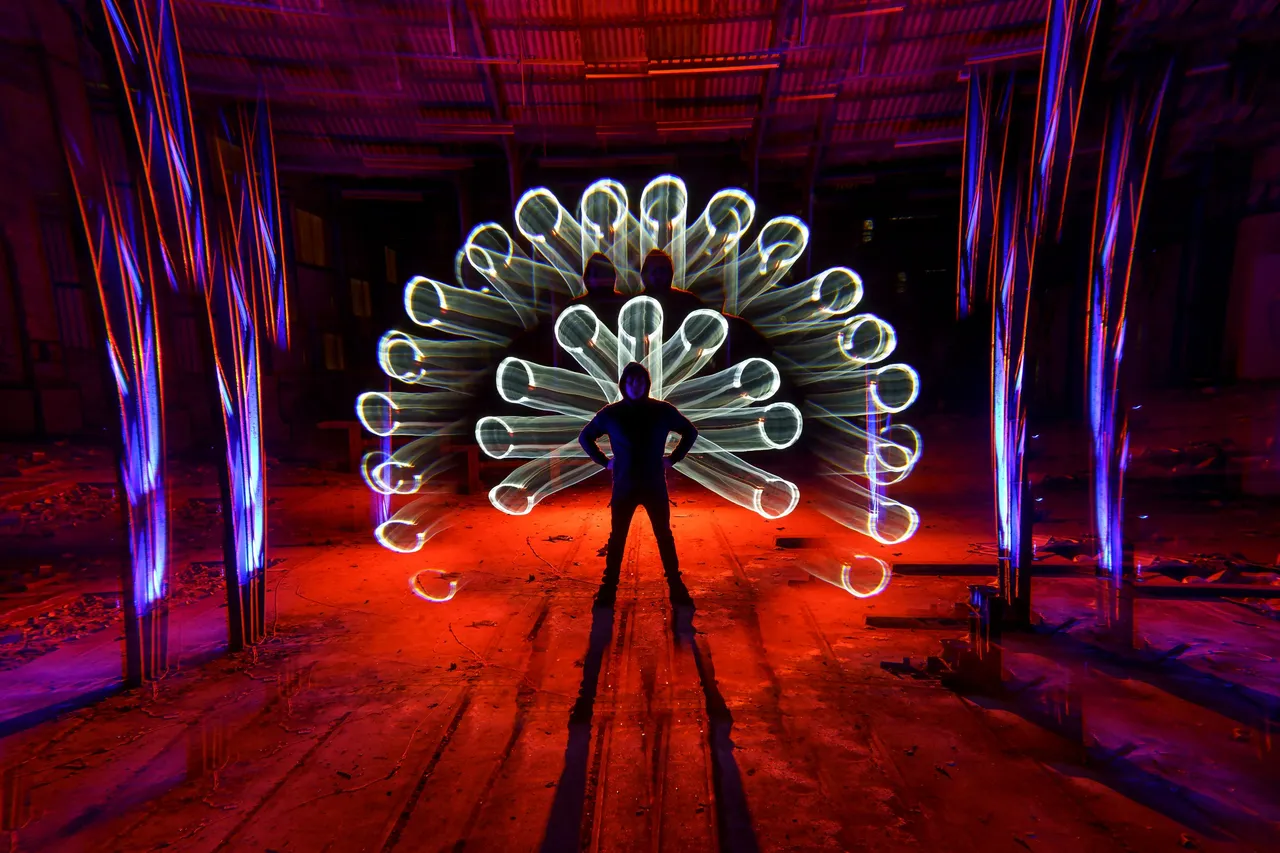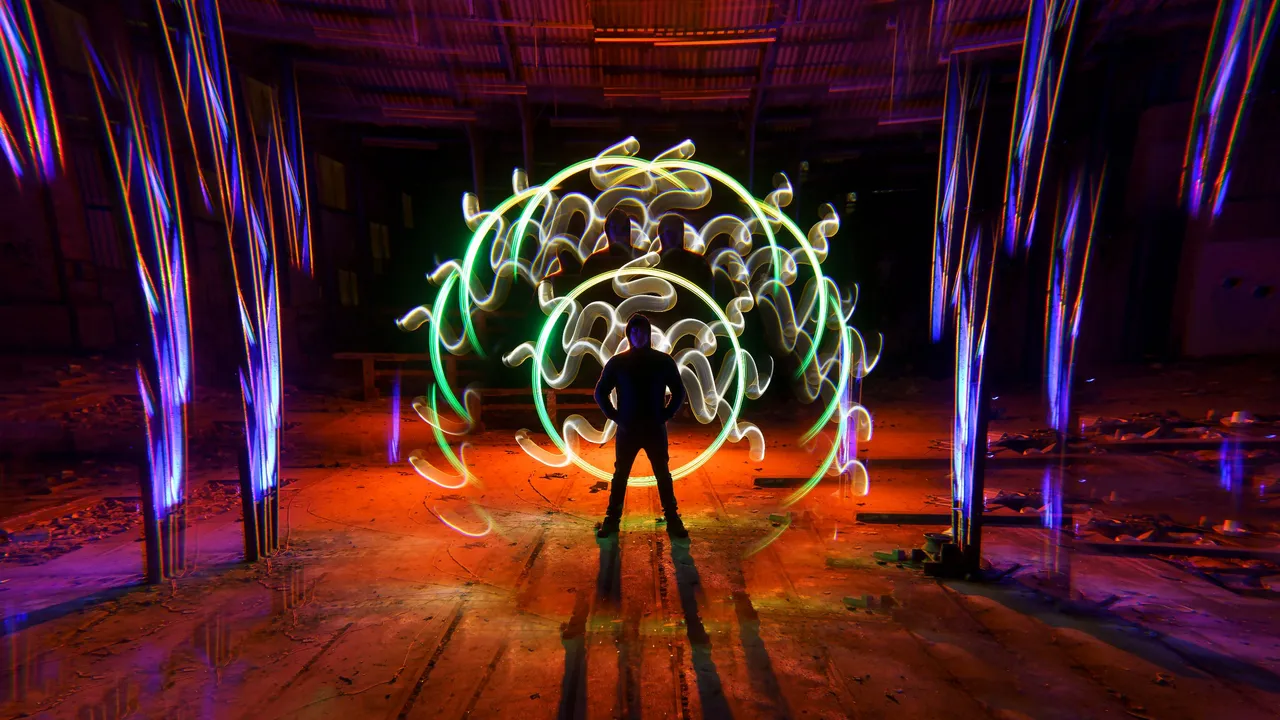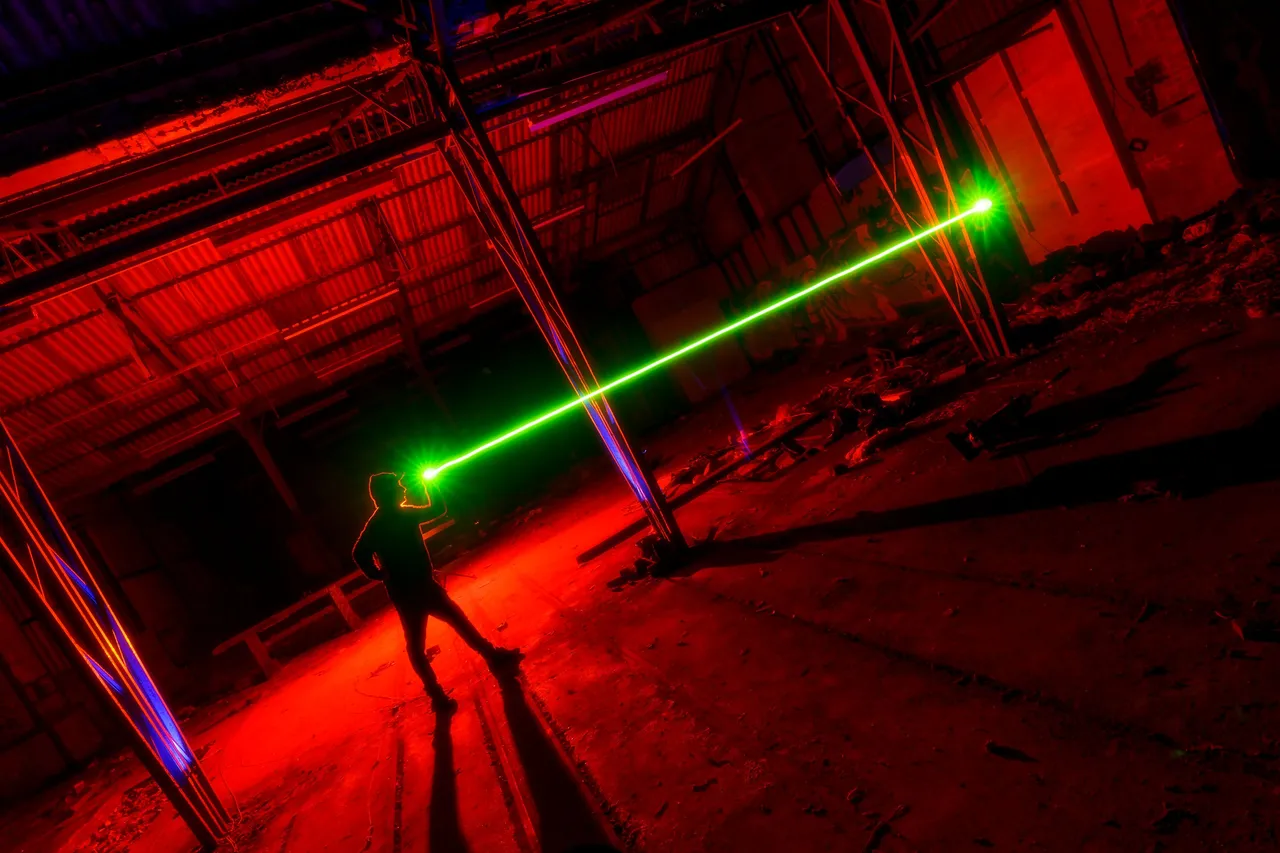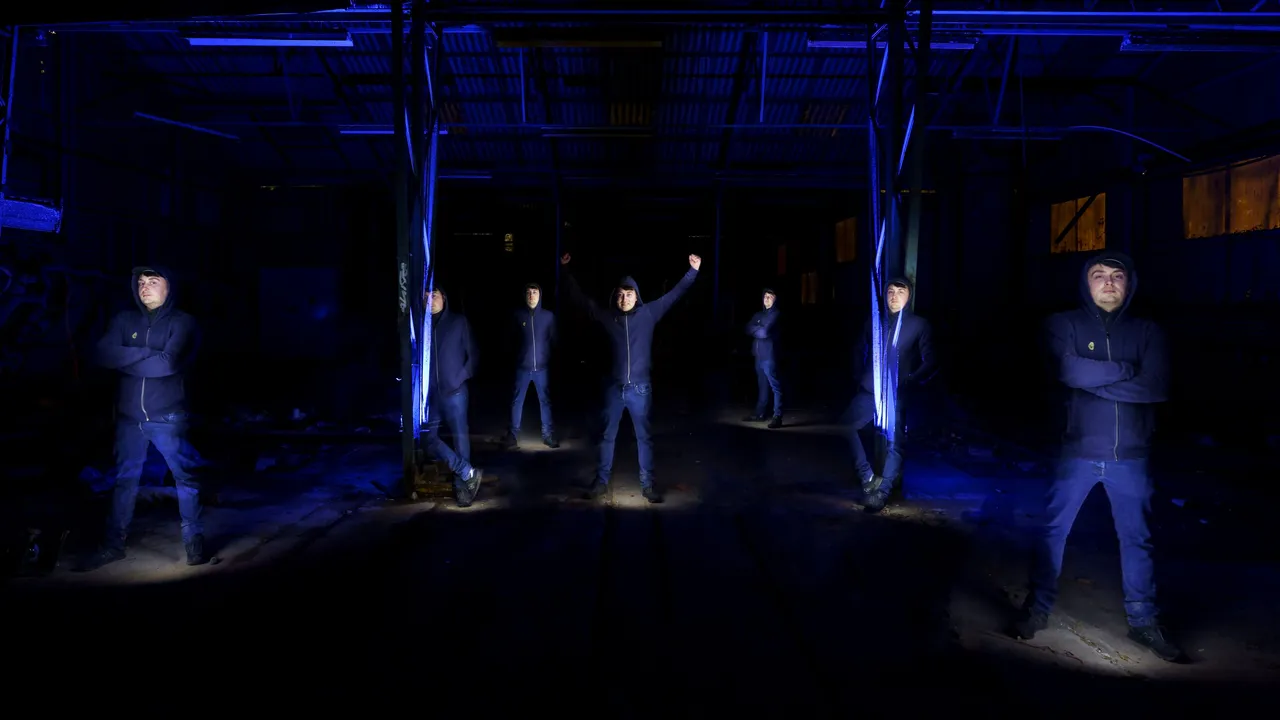Sometimes with lightpainting it's good to just get out in the dark and practice waving lights even if the results aren't perfect. I suffer a little bit with "lightpainter's OCD."
It's not real in the clinical sense as in I don't wash my hands 57 times a day and re-arrange my wardrobe at least 15 times a week. But lightpainter's get this unexplainable urge to get stuff right to the point where one finds oneself shooting the damn thing 15 times or more.
For the record, lightpainters don't really have OCD but they do like to get it just so!
So last night, a friend and I ventured to an abandoned building in Sheffield and randomly waved lights in the dark. In most cases, lightpainters have their own style or comfort zone to which they are drawn when out in the dark. Mine is kinetic movement of the camera and rotation. Going back to a more traditional form of lightpainting with literally waving lightpainting gadgets at a camera, I realised this isn't necessarily my favoured style.
Last night I was way way out of my comfort zone and it ain't a bad thing!
Spermatazoa Nights
After clicking the shutter to end the exposure with this light waving effort, we immediately thought, this looks like a sex education picture with sperm trying to reach the egg!! Ooops!
This shot also demonstrates to me the pseudo OCD with which I suffer! Look at the damned alignment!!

Dusting off the Tools
In my box of lightpainting gadgets I have a "light whip" consisting of a 1 mtr long 6mm diameter opaque tube with a flashlight attached to one end. It was gathering dust from lack of use so took it with me last night to see what I could get.
Another example of probably needing to spend all night perfecting the same shot over and over. And after three attempts I recognised pseudo-OCD had kicked in and decided to move on!

Fractalicious
I packed a few light blades on this trip and decided to practice my non-existent calligraphy skills. For this one I used a fractal filter which had the effect of doubling up the light waving.

Back in my Comfort Zone
LIke I say at the beginning of this post, my comfort zone is kinetic movements of the camera. I have more control over what happens in the frame and doesn't rely on my ever so wobbly arms to create the light. For this shot, the kinetic stripe is created by moving the tripod head across the frame while the torch is lit. It's all a matter of timing.

Trying out a new tool
I had another tool in my box of tricks which was rarely used. The light scanner consists of a 15 inch long clear acrylic tube with one half covered in black plastic to make it invisible to camera.
Making this image was a lot of fun wandering around in the dark swiping the tool over my mate without overwriting the person in the frame.
Whilst this is also out of comfort zone, I'll be trying this again!

About me:
I usually specialise in shooting lightpainting images but occasionally dabble in urbex and artistic model photography. I'm always on the lookout for someone to collaborate with; please don't hesitate to get in touch if you'd like to create art.
Social Media
https://www.facebook.com/fastchrisuk
https://www.flickr.com/photos/fastchris/

Lightpainting is a photographic technique in which exposures are made by moving a hand-held light source while taking a long exposure photograph, either to illuminate a subject or to shine a point of light directly at the camera, or by moving the camera itself during exposure. Nothing is added or removed in post processing.

If you would like to see more lightpainting please give the Lightpainters United Community a follow and you will be introduced into the illuminating world of light painting!

If you want to see more examples of lightpainting, feel free to check out these guys:
Mafu Fuma | Oddballgraphics | FadetoBlack | DAWN | Mart Barras | Stefan Stepke | Nikolay Trebukhin | Lee Todd | Stabeu Light | Maxime Pateau | Stephen Sampson | lightandlense | Neil Rushby | L.A.C.E.
Join us at Discord